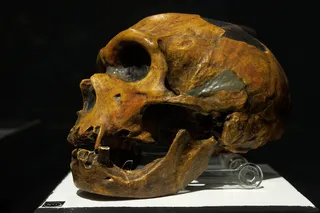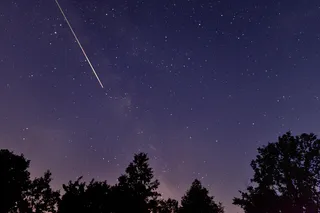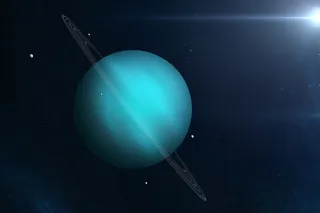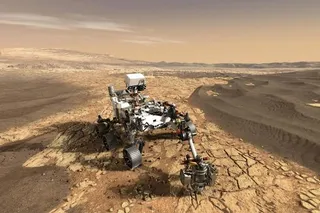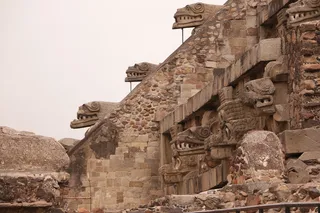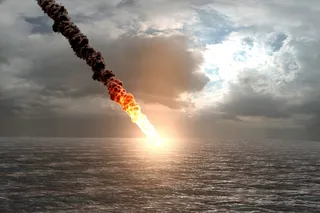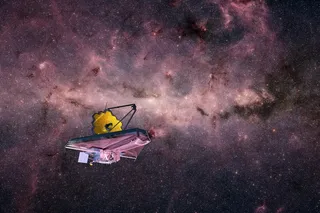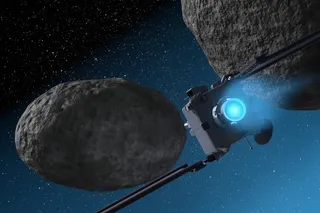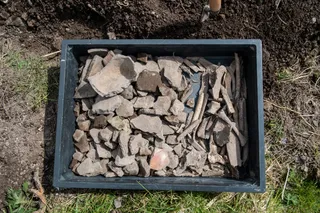After Congress slashed the budget for high energy physics just before Christmas last year, well into the 2008 fiscal year, Fermilab had to scramble to figure out how to cope with a huge shortfall in its budget. The response was twofold. Firstly, all employees would be subject to "furloughs" in which all salaried employees would take one week off without pay in every two-month period. This has made it hard to get, say, five Fermilab people in a meeting together the past few months, and of course was a big burden on the families involved. The second aspect was layoffs. At one point it seemed that as many as two hundred people, from all parts of the lab, might lose their jobs. But now it appears that it will be 140 people, since a number of people chose retirement. There was happy news this past weekend: the furloughs, at least, will end! Apparently an anonymous donor gave a large gift to the University of Chicago, to help Fermilab. (The University of Chicago and the Universities Research Association, through an organization called the Fermi Research Alliance, now contract with the federal government to run the lab.) This gift will mean an end to the furloughs. This is very good news for Fermilab, which has continued to operate the Tevatron at record-setting luminosities, and the CDF and D0 experiments are collecting huge quantities of high quality data with mature, well-understood detectors. The two experiments each now have more than thirty times the data sample than that used to discover the top quark in the mid-1990s, and hopes for a major discovery are high - if it's going to happen this next year is crucial, before the LHC starts operating. The LHC is nearing completion, and should be ready in July to begin circulating the first tenuous protons around the complex. Later in the year, perhaps October, the first attempts could be made to accelerate the protons to 5 TeV energy and collide them. This will provide the first shakedown runs of the big experiments ATLAS, CMS, ALICE, and LHC-b. But the first serious physics data will be in 2009. As for the layoffs, well, as far as I know they will move ahead. By all portents we will have a continuing resolution from Congress again this year, and with a new administration it could be some time before we know the state of funding for the field in the next fiscal year. Now I know lots of CV readers will comment that these layoffs are no worse than the fate many in the private sector suffer routinely, as corporate fortunes wax and wane. I can also tell you that the taxpayers are getting an incredible bargain - the field makes every dollar count, and the people who do this work, some of the most brilliant minds I have had the privilege to know, are totally dedicated to getting the science out; they aren't in it for the money, to be sure. We are challenging our prevailing notions about the most fundamental features of our world: matter, energy, space, and time. What lies ahead is truly unknown, and where the discoveries will lead us is only a guess. But just look at the past, how our knowledge of the most fundamental has given us the incredible technology we now enjoy. I think Congress, and the governments of the world, would do well to double down on this one... Anyway, to that anonymous donor, all I can say is this: you rock! Thank you!
Downsizing the downsizing at Fermilab
Fermilab faces a budget shortfall, leading to furloughs and layoffs, but an anonymous donor's gift brings hope for recovery.
More on Discover
Stay Curious
SubscribeTo The Magazine
Save up to 40% off the cover price when you subscribe to Discover magazine.
Subscribe


